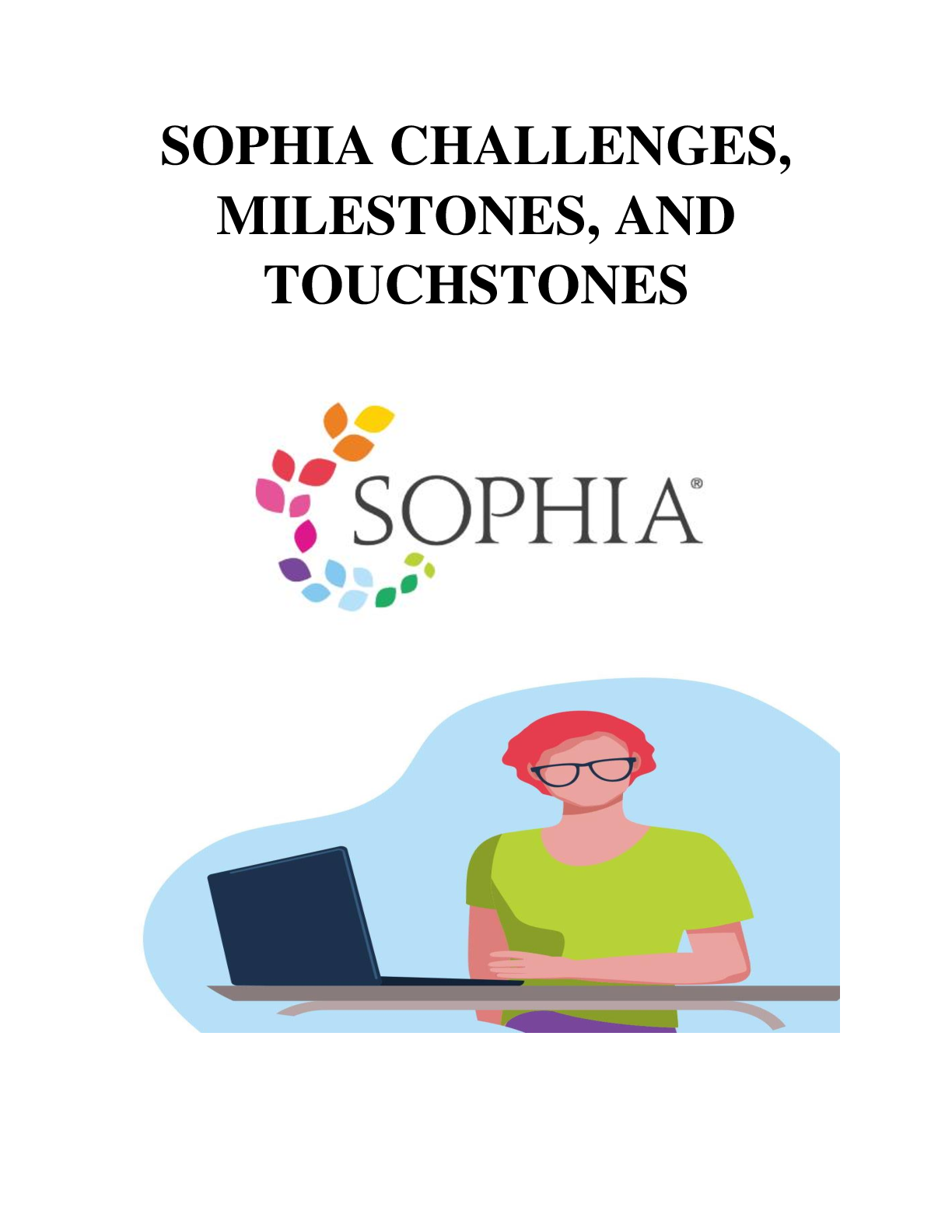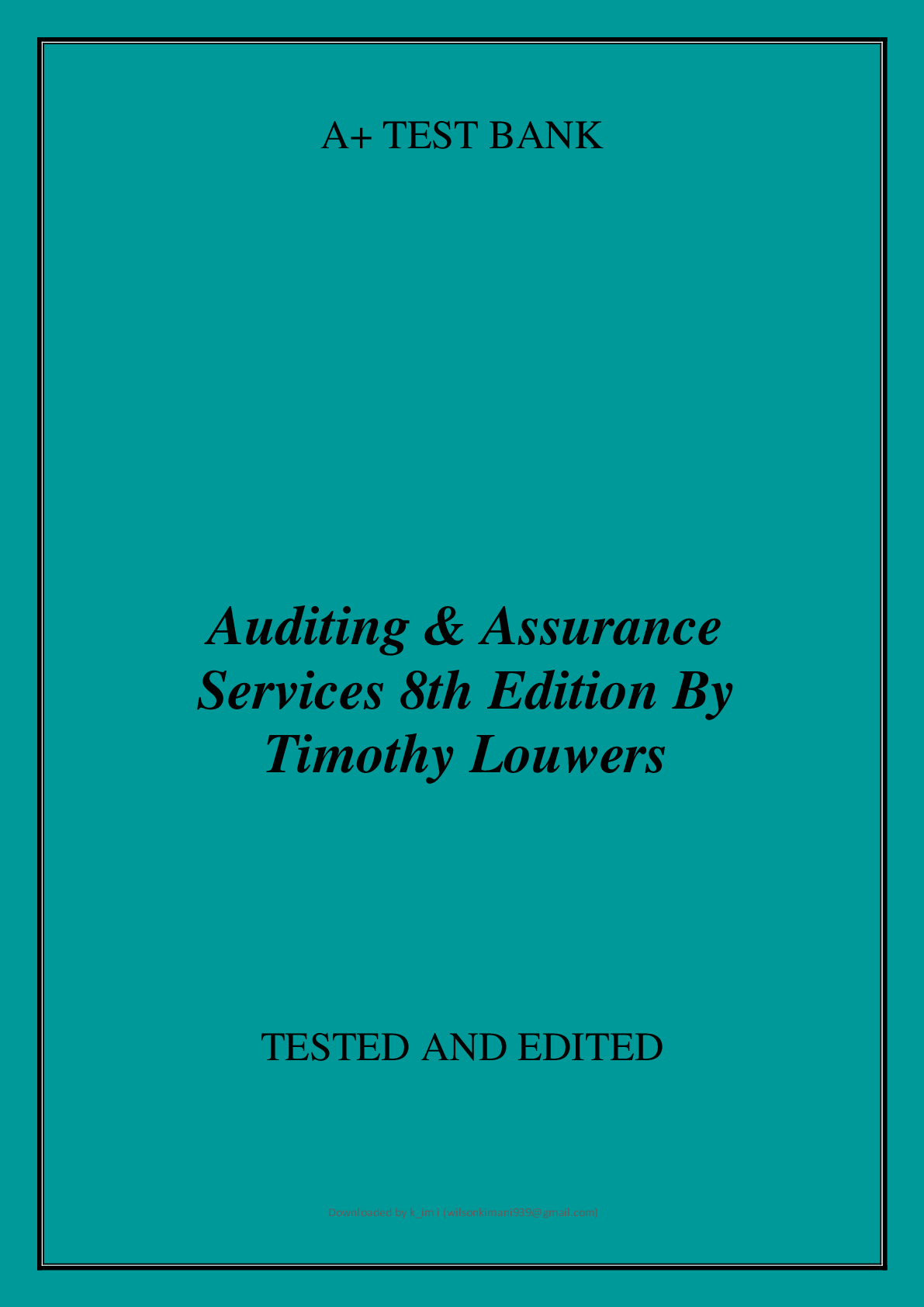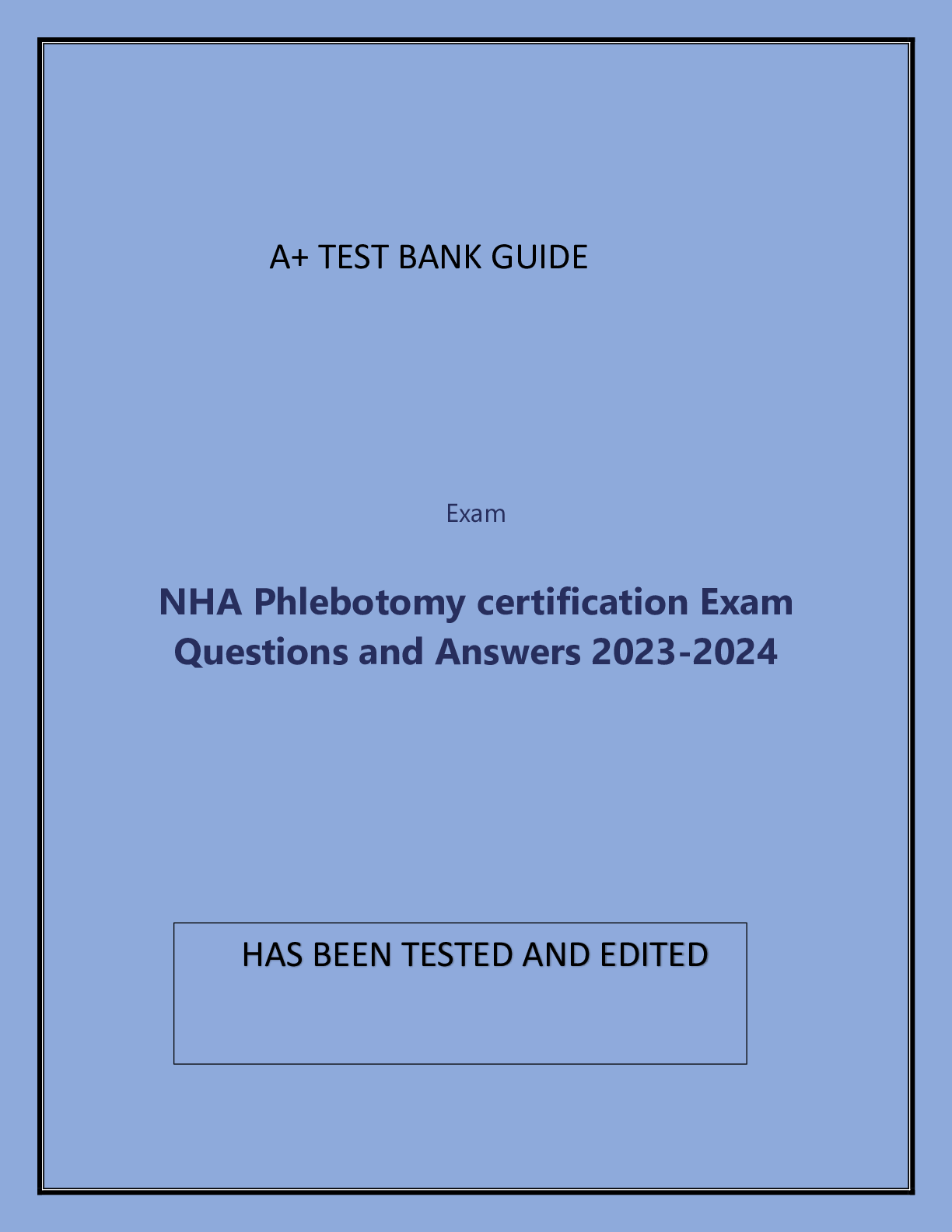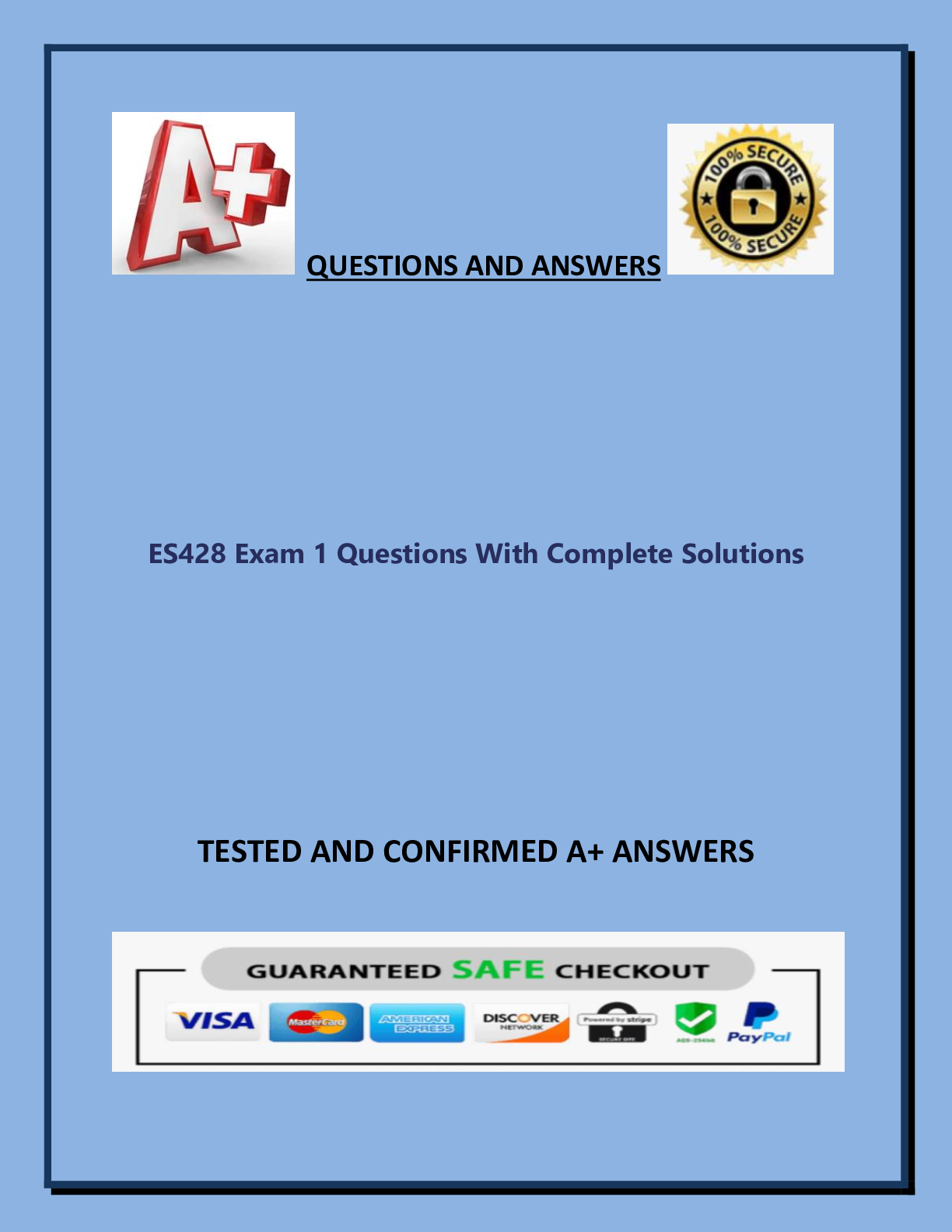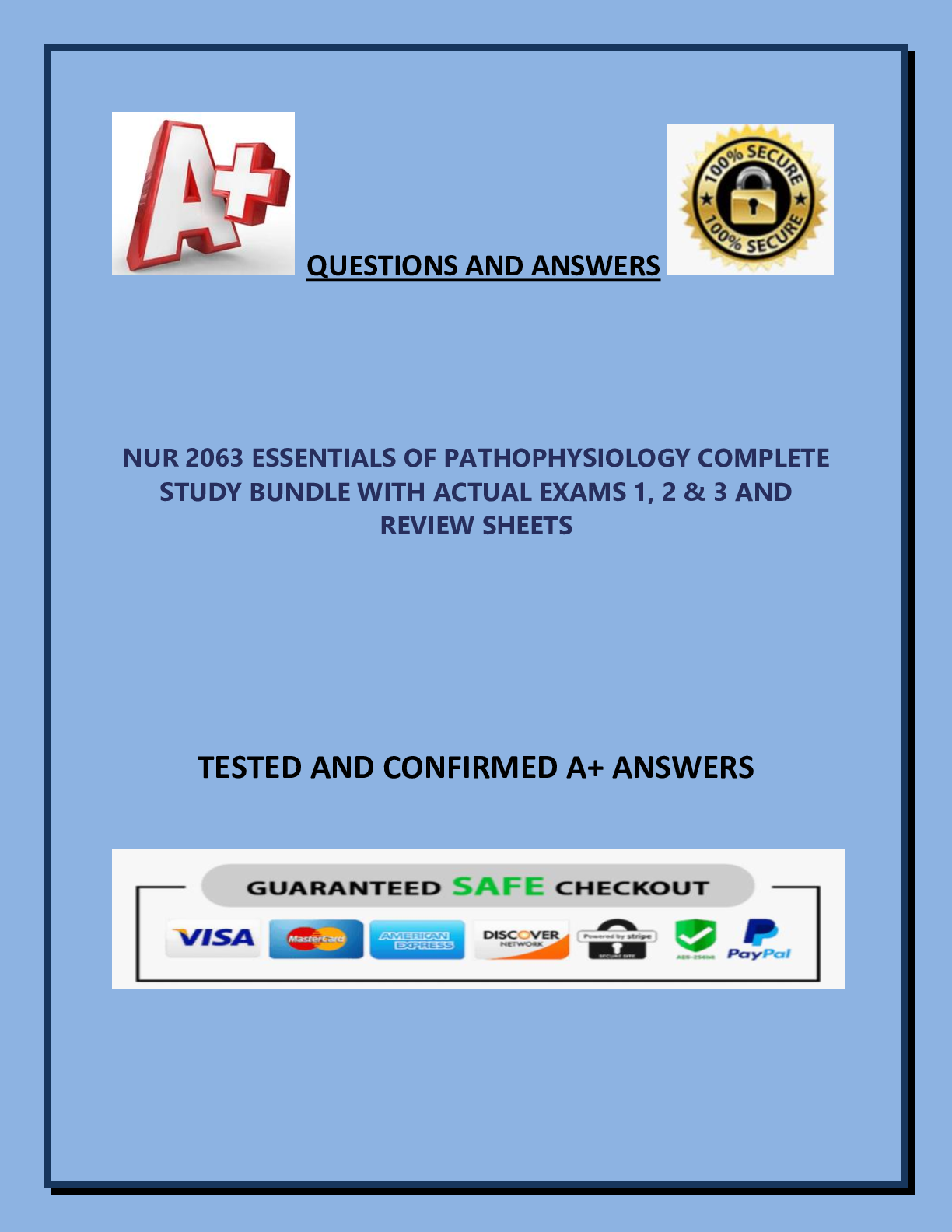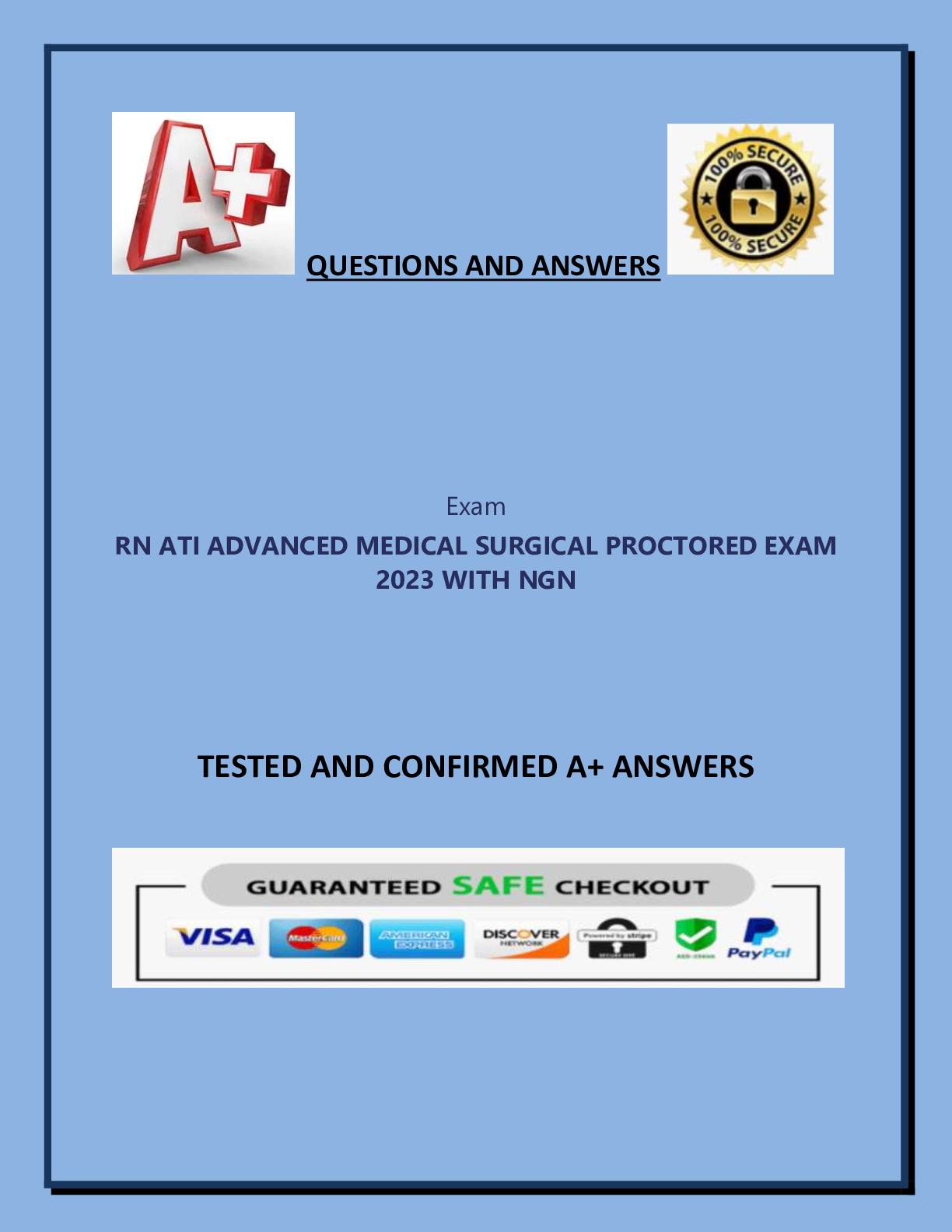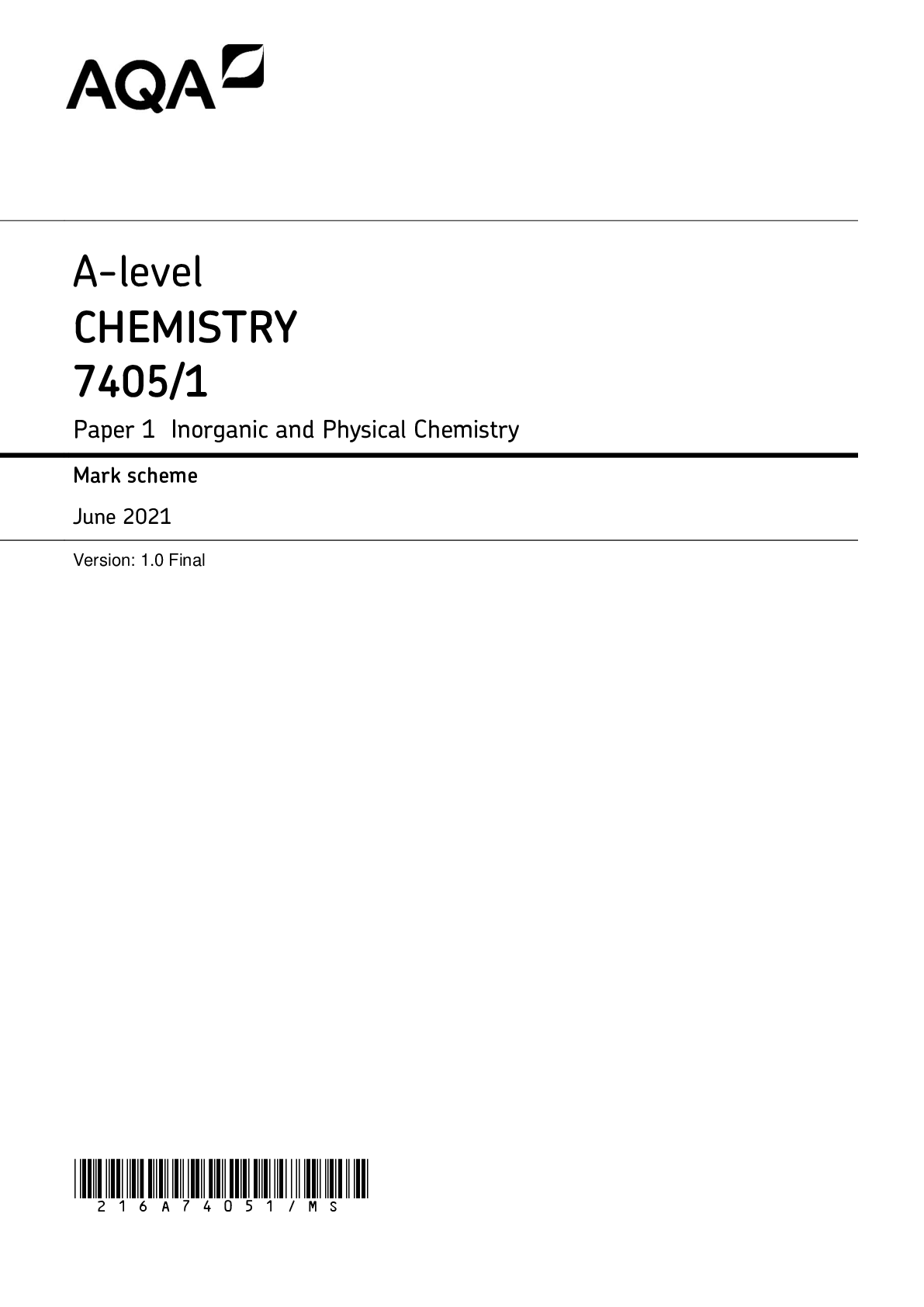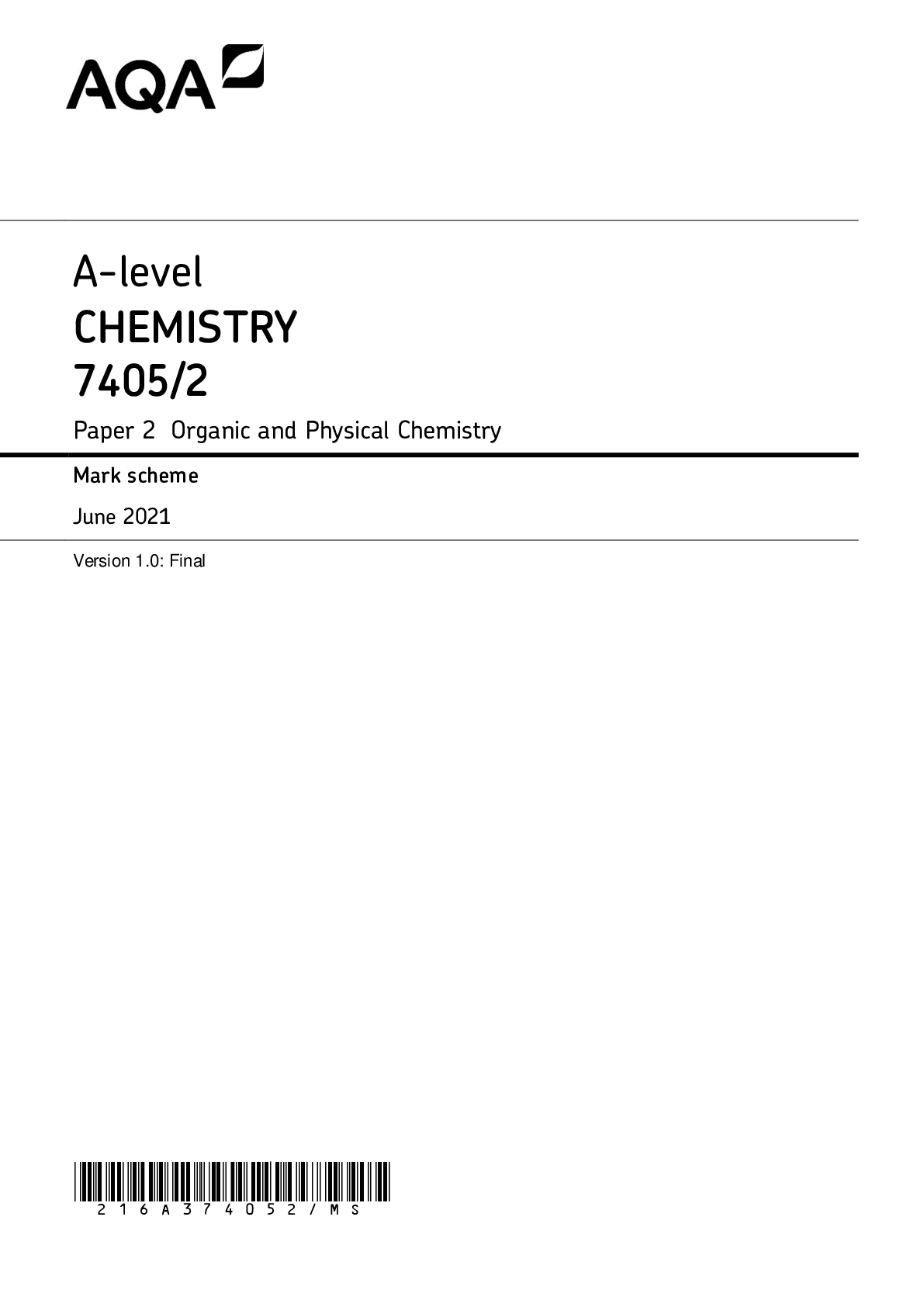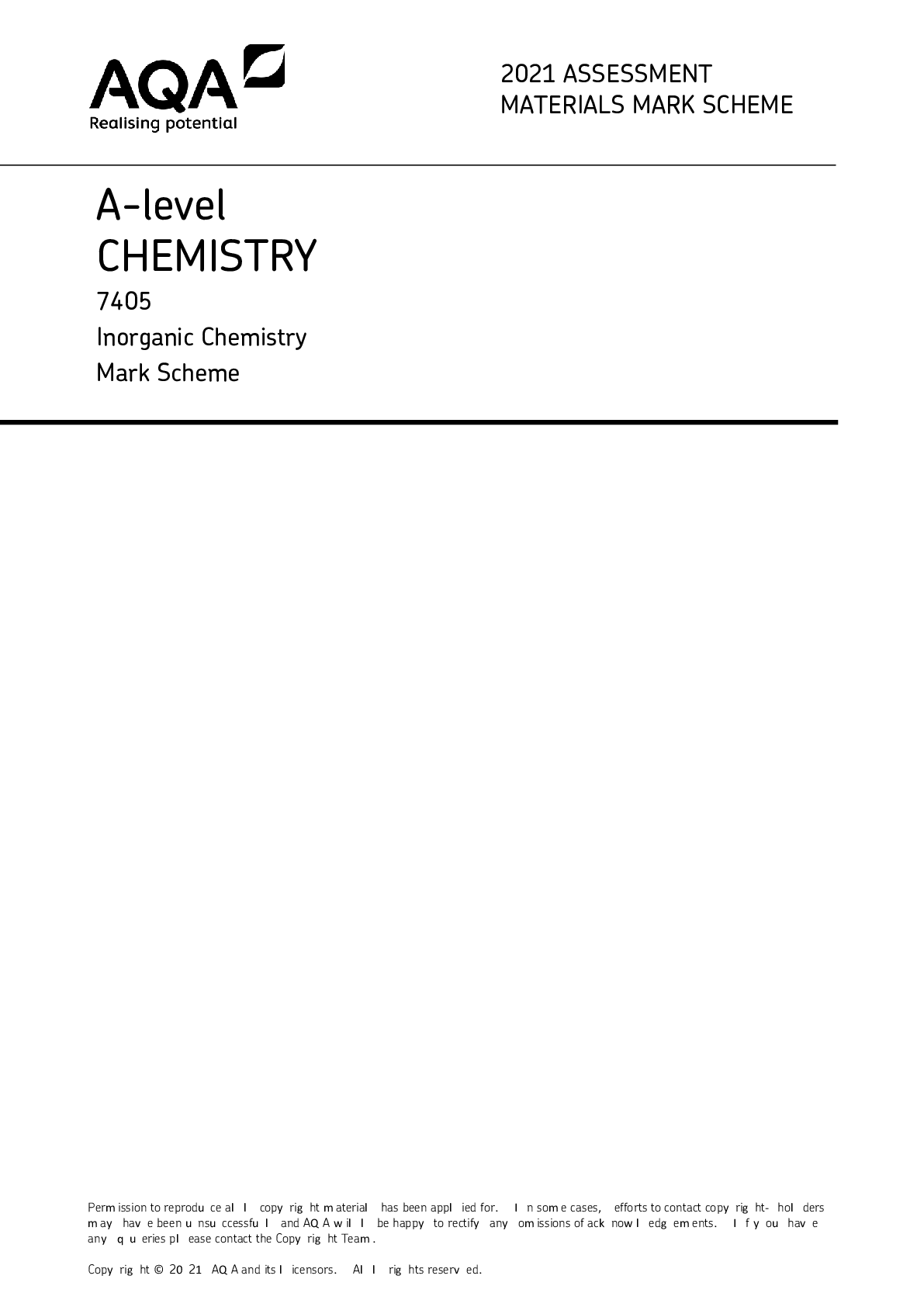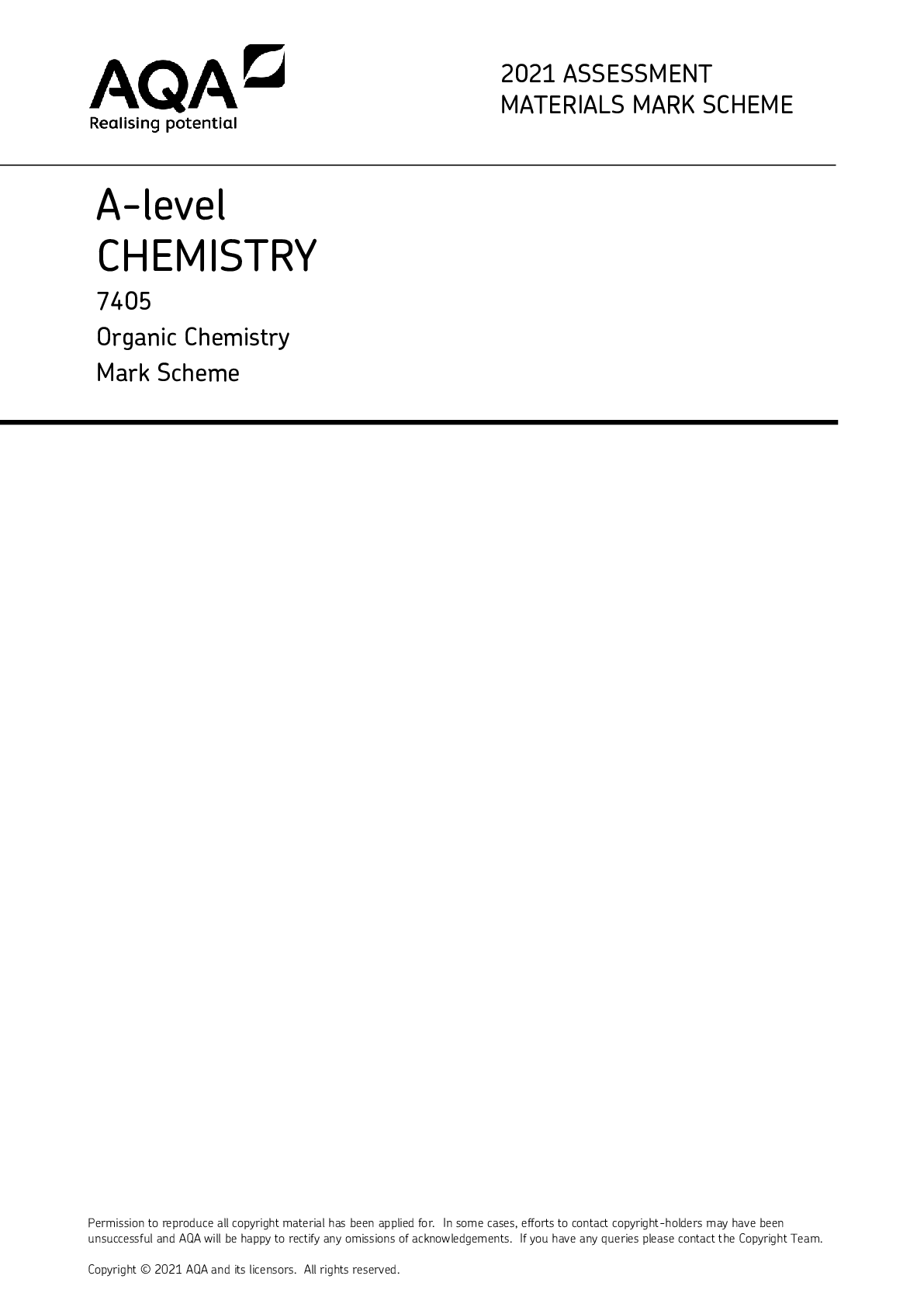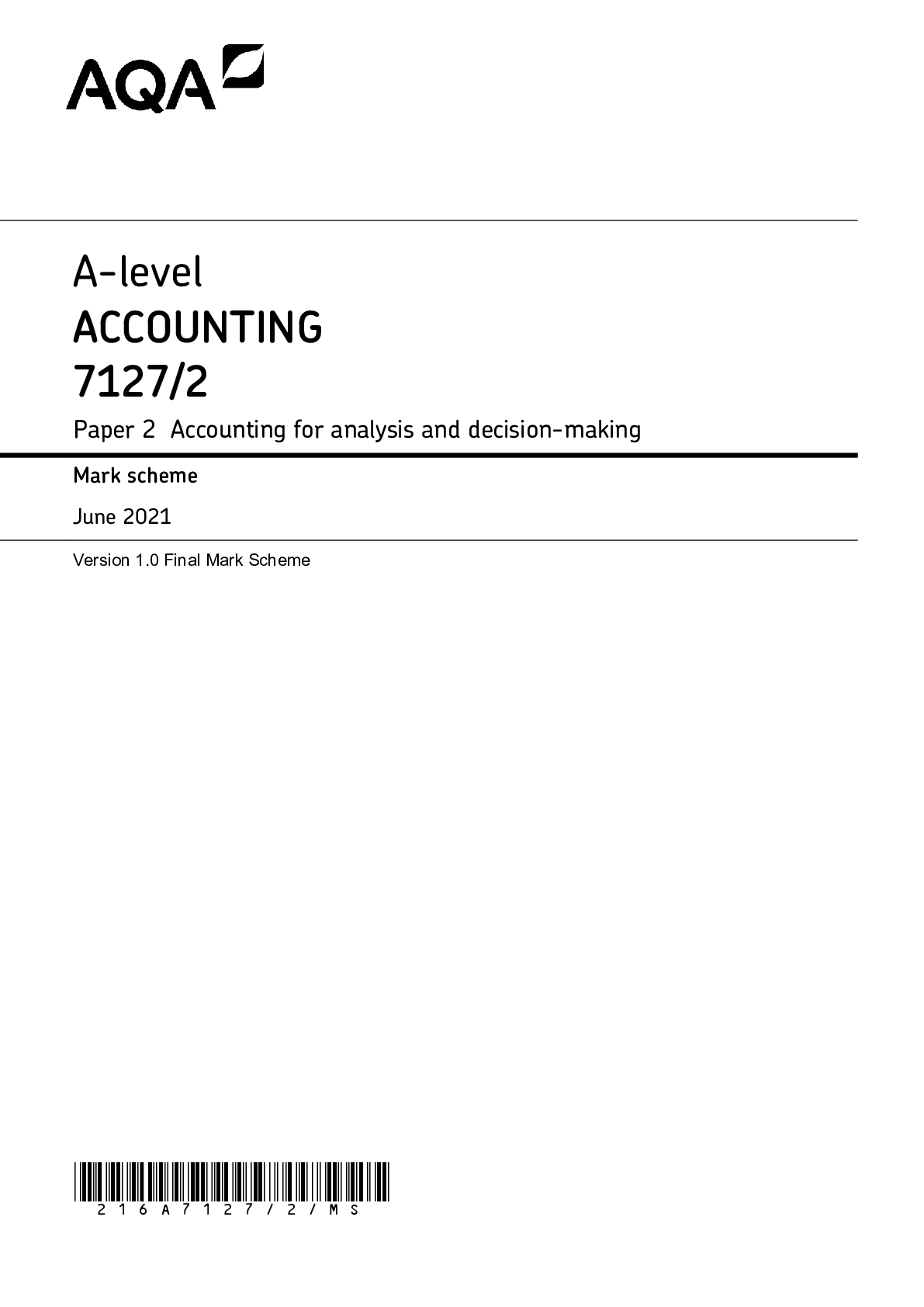*NURSING > A-Level Mark Scheme > nursing test.pdf (All)
nursing test.pdf
Document Content and Description Below
TESTED AND CONFIRMED A+ ANSWERS 1. What statement is true regarding decision making? A) It is an analysis of a situation B) It is closely related to evaluation C) It involves choosing between cour... ses of action D) It is dependent upon finding the cause of a problem Ans: C Feedback: Decision making is a complex cognitive process often defined as choosing a particular course of action. Problem solving is part of decision making and is a systematic process that focuses on analyzing a difficult situation. Critical thinking, sometimes referred to as reflective thinking, is related to evaluation and has a broader scope than decision making and problem solving. 2. What 1. A) Its need for implementation time 2. B) Its lack of a step requiring evaluation of results 3. C) Its failure to gather sufficient data 4. D) Its failure to evaluate alternatives Ans: A Feedback: The traditional problem-solving model is less effective when time constraints are a consideration. Decision making can occur without the full analysis required in problem solving. Because problem solving attempts to identify the root problem in situations, much time and energy are spent on identifying the real problem. 3. Which of the following statements is true regarding decision making? 1. A) Scientific methods provide identical decisions by different individuals for the same problems 2. B) Decisions are greatly influenced by each person’s value system 3. C) Personal beliefs can be adjusted for when the scientific approach to problem solving is used 4. D) Past experience has little to do with the quality of the decision Ans: B Feedback: Values, life experience, individual preference, and individual ways of thinking will influence a person’s decision making. No matter how objective the criteria will be, value judgments will always play a part in a person’s decision making, either consciously or subconsciously. is a weakness of the traditional problem-solving model? Page 1 4. What influences the quality of a decision most often? A) The decision maker’s immediate superior B) The type of decision that needs to be made C) Questions asked and alternatives generated D) The time of day the decision is made Ans: C Feedback: The greater the number of alternatives that can be generated by the decision maker, the better the final decision will be. The alternatives generated and the final choices are limited by each person’s value system. 5. What 1. A) Good decision makers are usually right-brain, intuitive thinkers 2. B) Effective decision makers are sensitive to the situation and to others 3. C) Good decisions are usually made by left-brain, logical thinkers 4. D) Good decision making requires analytical rather than creative processes Ans: B Feedback: Good decision makers seem to have antennae that make them particularly sensitive to other people and situations. Left-brain thinkers are typically better at processing language, logic, numbers, and sequential ordering, whereas right-brain thinkers excel at nonverbal ideation and holistic synthesizing [Show More]
Last updated: 1 year ago
Preview 1 out of 10 pages
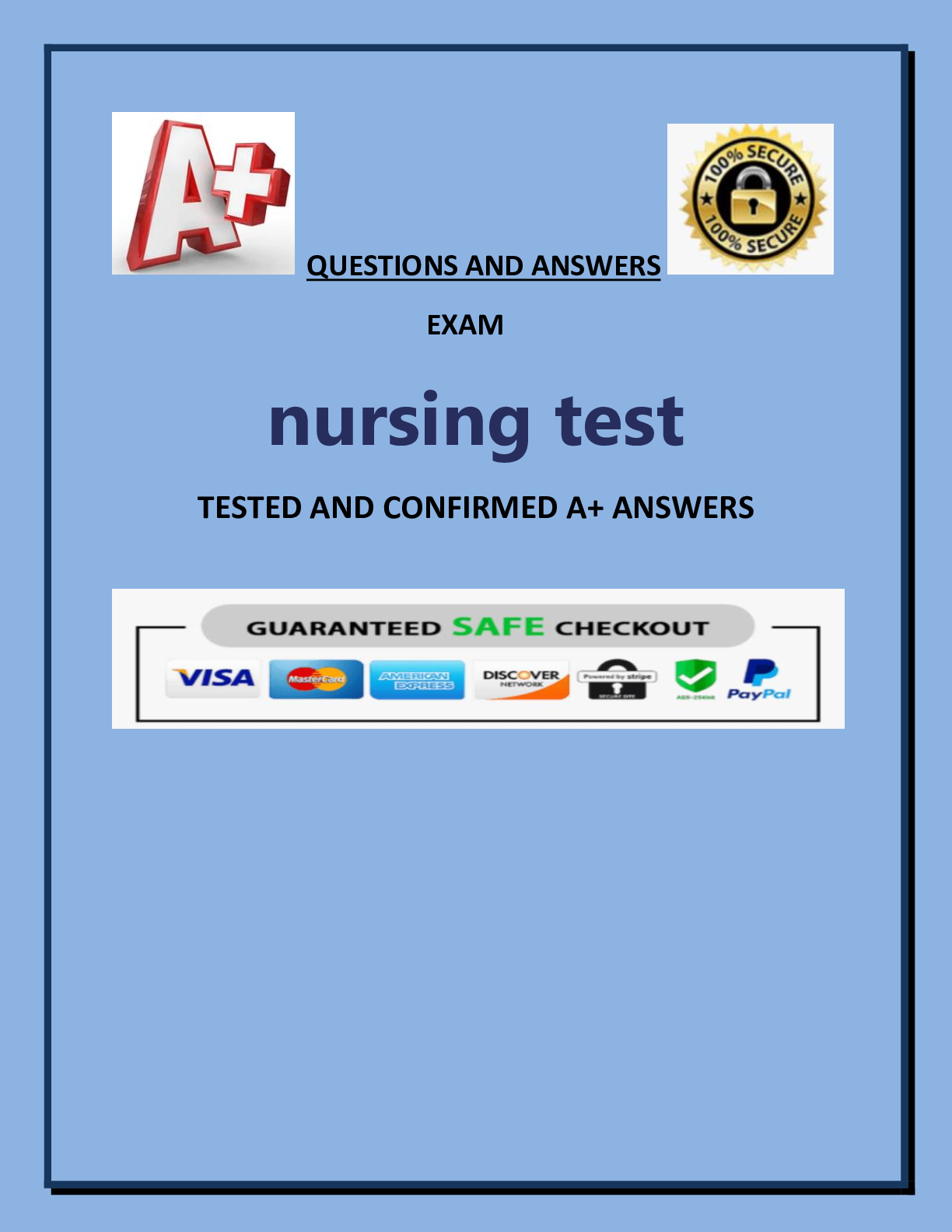
Buy this document to get the full access instantly
Instant Download Access after purchase
Buy NowInstant download
We Accept:

Reviews( 0 )
$17.00
Can't find what you want? Try our AI powered Search
Document information
Connected school, study & course
About the document
Uploaded On
Apr 08, 2024
Number of pages
10
Written in
Additional information
This document has been written for:
Uploaded
Apr 08, 2024
Downloads
0
Views
51


